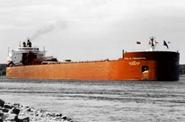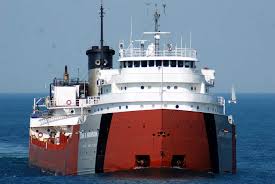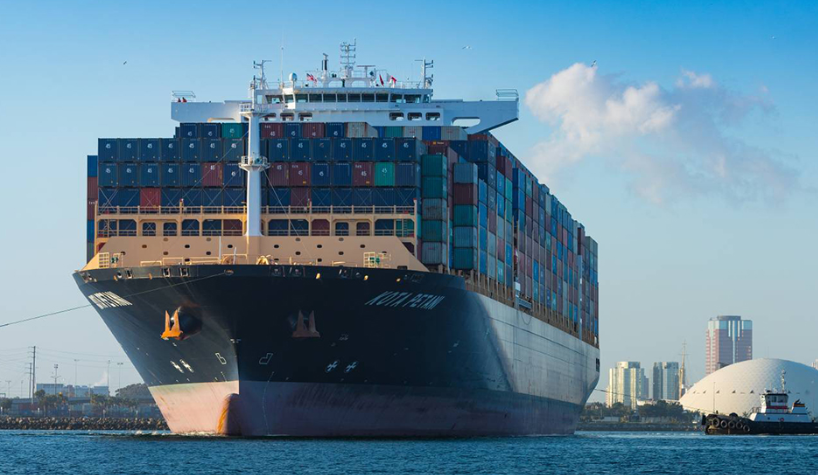Logistics

January 18, 2016
Great Lakes Shipping Season Ends for Winter
Written by Sandy Williams
The shipping season on the Great Lakes officially ended with the closing of the Soo Locks on Friday, Jan. 15. The locks in Sault St. Marie are the last to close for the winter season. The Welland Canal, through Ontario, closed on Dec 30 followed by the St. Lawrence Seaway locks on Dec. 31.
The shipping season was a tough one for iron ore miners and carriers on the Lakes. Weaker demand in the steel industry was reflected by decreased iron ore shipments on the Great Lakes. Tonnage last year fell by 8.5 percent to 54.4 million tons. Compared to the five year average, tonnage was down 7.8 percent.
“The dumping of foreign steel into the U.S. market has severely impacted cargo movement during the final months of 2015,” said Lake Carriers Association president James H.I. Weakley. “Six of the most efficient vessels in the fleet were withdrawn from service in November because of steel dumping.”
The break in the shipping season is used by carriers to perform maintenance on vessels. The Lake Carriers Association says U.S-flag vessel operators have committed more than $110 million to maintain and modernize vessels in 2016.
 Two 1950 era ships, the John G. Munson and the Herbert C. Jackson, will receive state-of-the-art diesel engines this year. Exhaust gas scrubbers are slated for the James R. Barker and Lee A. Tregurtha. The Association says the repowering and gas scrubbing projects will cost upwards of $50 million.
Two 1950 era ships, the John G. Munson and the Herbert C. Jackson, will receive state-of-the-art diesel engines this year. Exhaust gas scrubbers are slated for the James R. Barker and Lee A. Tregurtha. The Association says the repowering and gas scrubbing projects will cost upwards of $50 million.
During the season break not only the vessels are upgraded, so are the locks themselves. The 1,200 foot Poe Lock in Sault Ste. Marie will receive a hydraulic system installation and anchorage repair. The 800-foot McArthur Lock will undergo an electrical modernization this winter after an unexpected breakdown in August confounded shipping for 20 days.
The Soo Locks are in need of an expansion to handle the 1000 foot freighters. Currently the 48 year old Poe Lock is the only one capable of handling the larger vessels. The 1000 footers carry about 70 percent of all the cargo that pass through the locks. Unscheduled outages, like the McArthur experienced earlier this year, result in multi-million dollar economic losses from delay of cargo in the agricultural, mining and manufacturing industries.
The Army Corps of Engineers is looking at the possibility of combining the unused Sabin and Davis locks into one larger lock that will handle the larger freighters.

There has been a push by Great Lake shipping companies for a new heavy-duty icebreaker for the Great Lakes after two winters of heavy ice and delays to the start of the shipping season.
“The last two winters have been near arctic,” said Glen Nekvasil, vice president of the Lake Carriers Association, in a press release. “Currently, the Coast Guard has nine breakers and six of those were built in the 1970s or 1980s and are in need of modernization. The other two are not really designed for ice breaking. Only one ice breaker, the MACKINAW, is reliable. The Great Lakes Delegation is working with us to get more ice breakers, but this will take a significant investment from Washington.”
So far the 2015-2016 winter has been mild on the lakes. On this day in 2015, 22.9 percent of the Great Lakes were covered with ice and in 2014 it was even higher at 29.6 percent. This year unseasonably warm temperatures through December have kept ice formation down. Just 9.8 percent of the Great Lakes are ice covered at this time. But what really will matter is how much ice is on the Lakes in March when the locks and the season reopens.





